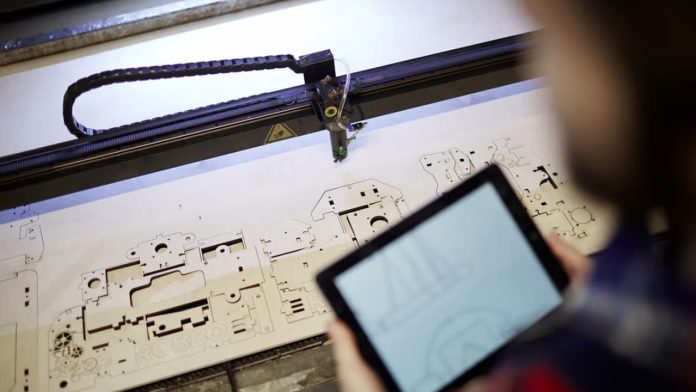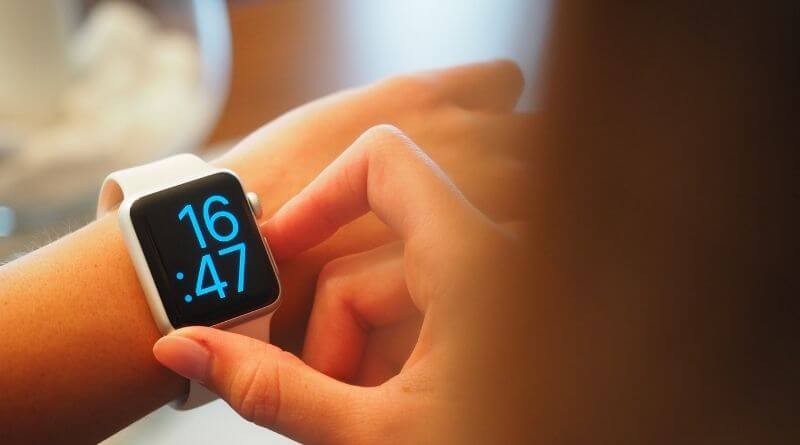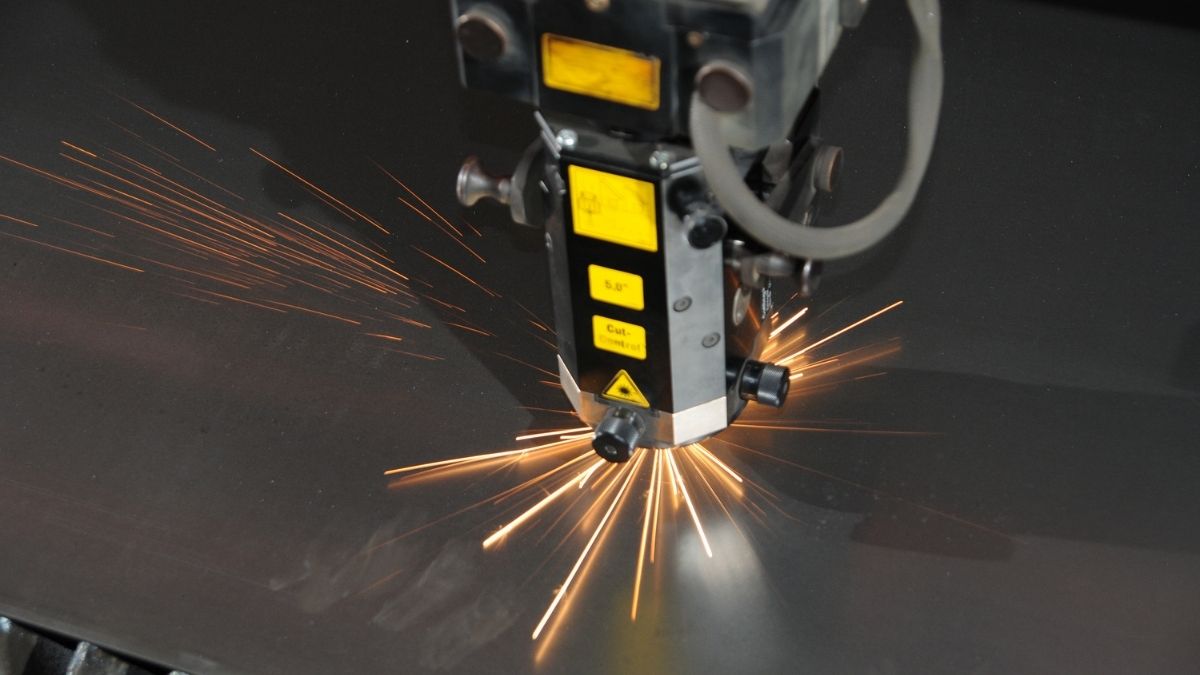Choosing the right laser machine is one of the most important decisions for makers, small businesses, and hobbyists. Two of the most popular technologies are CO₂ and diode lasers. If you’ve ever wondered about CO₂ vs diode laser systems—what they can cut, how they perform, and which is best for you—you’re in the right place.
Both machines have their strengths: CO₂ lasers are powerful and great for thicker non-metals, while diode lasers are compact, affordable, and versatile for beginners. In this guide, we’ll break down the differences between CO₂ vs diode laser cutter options, compare engraving performance, and help you choose between a CO₂ vs diode laser engraver based on your needs.
Understanding the Basics
What Is a Diode Laser?
A diode laser uses semiconductor technology to produce a concentrated beam of light, usually around 450nm (blue light). These machines are small, cost-effective, and ideal for engraving and cutting lighter materials.
Best for:
- Wood
- Acrylic (dark/opaque)
- Leather
- Cardboard & paper
- Coated metals
- Fabrics
What Is a CO₂ Laser?
A CO₂ laser uses a gas-filled tube (usually CO₂ mixed with nitrogen and helium) excited by electricity to generate a beam at around 10,600nm (infrared). CO₂ lasers are more powerful and better at cutting thicker non-metallic materials.
Best for:
- Wood (thick cuts)
- Acrylic (clear and colored)
- Glass (etching)
- Leather
- Rubber
- Fabric
- Paper & cardboard
CO₂ vs Diode Laser: Key Differences
Here’s a side-by-side comparison of diode vs CO₂ laser systems:
| Feature | Diode Laser | CO₂ Laser |
|---|
| Wavelength | ~450nm (blue light) | ~10,600nm (infrared) |
| Size | Compact, desktop-friendly | Larger, requires more space |
| Cost | Affordable ($200–$1,500) | Higher ($2,000–$10,000+) |
| Cutting Power | Good for thin wood, leather, acrylic | Excellent for thicker wood, acrylic, glass |
| Engraving Quality | Precise on wood, leather, coated metals | Great contrast on organic materials and glass |
| Materials | Works with wood, acrylic (dark), leather, coated metals | Works with almost all non-metals, including glass |
| Maintenance | Low | Higher (requires water cooling, mirror alignment) |
| Speed | Up to 30,000 mm/min on advanced models | Faster on thick cuts but depends on tube power |
| Lifespan | Diodes last 10,000–20,000+ hours | CO₂ tubes last ~3,000–10,000 hours |
Performance: CO₂ vs Diode Laser Cutter
When it comes to cutting, both have their strengths:
- Diode laser cutters: Great for thin wood sheets, leather, and darker acrylic. Compact machines like Acmer’s P2 33W can cut up to 30mm wood or 25mm dark acrylic.
- CO₂ laser cutters: Superior for thicker acrylic, plywood, MDF, and glass etching. Their beam is absorbed better by transparent or light-colored materials.
Verdict: If you need to cut thicker materials or work with clear acrylic and glass, a CO₂ is the better choice. For small projects or hobbyist use, a diode laser cutter is more practical.
Performance: CO₂ vs Diode Laser Engraver
For engraving, here’s how they compare:
- Diode laser engravers: Deliver high-contrast results on wood, leather, bamboo, and coated metals. Some models (like Acmer P3) include IR modules for jewelry engraving on gold and silver.
- CO₂ laser engravers: Provide excellent engraving on wood, acrylic, leather, and glass. However, bare metals generally require fiber lasers or special coatings.
Verdict: If your projects are mainly wood, leather, or coated metals, diode engravers are perfect. If you want to engrave glass and larger acrylic pieces, CO₂ is better.
Pros and Cons of Diode Lasers
Pros:
- Affordable entry point for beginners.
- Compact and portable.
- Easy to maintain.
- Great for organic materials and coated metals.
- Long diode lifespan.
Cons:
- Limited cutting depth compared to CO₂.
- Struggles with clear acrylic and glass.
- Not ideal for large-scale industrial use.
Pros and Cons of CO₂ Lasers
Pros:
- Powerful cutting capability for thick non-metals.
- Can engrave glass, clear acrylic, and rubber.
- Wide material compatibility.
- High-quality results on large projects.
Cons:
- More expensive upfront.
- Requires water cooling and more maintenance.
- Larger footprint, not ideal for small spaces.
- Shorter lifespan of CO₂ tubes compared to diodes.
Which One Is Better for Beginners?
For hobbyists and first-time users, a diode vs CO₂ laser comparison usually leans toward diode lasers:
- Easier to set up and operate.
- More affordable.
- Safe and compact for home workshops.
Machines like the Acmer P2 (33W Diode) or Acmer P3 (Enclosed Dual Diode + IR) give beginners professional results without the complexity of CO₂ systems.
Which One Is Better for Businesses?
For small businesses, the answer depends on your niche:
- Gift shops, craft sellers, and e-commerce stores: Diode lasers are cost-effective and versatile enough to produce wood signs, acrylic jewelry, and leather goods.
- Sign-making, industrial prototyping, and acrylic fabrication: CO₂ lasers are better thanks to their ability to cut thick acrylic and handle larger-scale production.
Many small businesses actually start with diode machines like Acmer P2, then upgrade to CO₂ when scaling production.
CO₂ vs Diode Laser: Safety Considerations
- Diode lasers: Safer for home use. Enclosed models (like Acmer P3) include protective housings and built-in ventilation.
- CO₂ lasers: Require more safety precautions, including water cooling, air assist, and proper exhaust systems.
Regardless of type, always ensure good ventilation and use protective eyewear when working with lasers.
Cost Comparison
- Diode lasers: $200–$1,500, depending on wattage and features. Maintenance is minimal.
- CO₂ lasers: $2,000–$10,000+ depending on size and tube power. Maintenance costs are higher.
If budget is your top priority, diode lasers win. For businesses with more capital and large-scale needs, CO₂ lasers are worth the investment.
Diode vs CO₂ vs Fiber Laser
Sometimes you’ll see the discussion expanded to diode vs CO₂ vs fiber laser:
- Diode: Best for beginners, wood, acrylic (dark), leather, coated metals.
- CO₂: Best for non-metals, especially glass, rubber, clear acrylic, thick wood.
- Fiber: Best for metals like stainless steel, brass, gold, and industrial marking.
Each has its own role. For most creators, diode and CO₂ cover 90% of projects.
Future Trends: CO₂ vs Diode Lasers
- Higher-power diodes: Machines like Acmer P2 33W show how diode power is catching up with CO₂ for certain materials.
- Hybrid systems: Dual-laser engravers (like Acmer P3 combining diode + IR) expand material compatibility.
- Compact CO₂ machines: More brands are developing smaller CO₂ systems for small businesses.
- Eco-efficiency: Both types are moving toward greener, more energy-efficient operation.
FAQs on CO₂ vs Diode Laser
Q1. Which is better: CO₂ vs diode laser?
It depends. Diodes are better for affordability and hobby use. CO₂ is better for thicker materials and glass engraving.
Q2. Can a diode laser cut clear acrylic?
No. Diode lasers can cut dark acrylic but not clear acrylic—CO₂ lasers handle that job.
Q3. Are diode lasers powerful enough for business use?
Yes. Advanced diode lasers like Acmer P2 33W can cut 30mm wood and 25mm acrylic, making them great for small businesses.
Q4. What materials can a CO₂ laser engrave that a diode cannot?
Clear acrylic, glass, and rubber are best handled by CO₂.
Q5. Are diode lasers safer than CO₂ lasers?
Yes. Enclosed diode engravers are safer for home use, while CO₂ requires more ventilation and cooling systems.
Conclusion
When it comes to CO₂ vs diode laser, the right choice depends on your needs:
- Choose a diode laser if you’re a beginner, hobbyist, or small business owner working mainly with wood, leather, bamboo, or coated metals.
- Choose a CO₂ laser if you need to cut thicker materials, work with clear acrylic or glass, or run larger-scale production.
For many creators, diode lasers like the Acmer P2 and P3 machines provide the perfect starting point: compact, powerful, and affordable. Businesses that scale up into signage, acrylic cutting, or industrial applications often add CO₂ systems later.
Both technologies are powerful tools—what matters most is matching the right laser to your materials, budget, and long-term goals.









